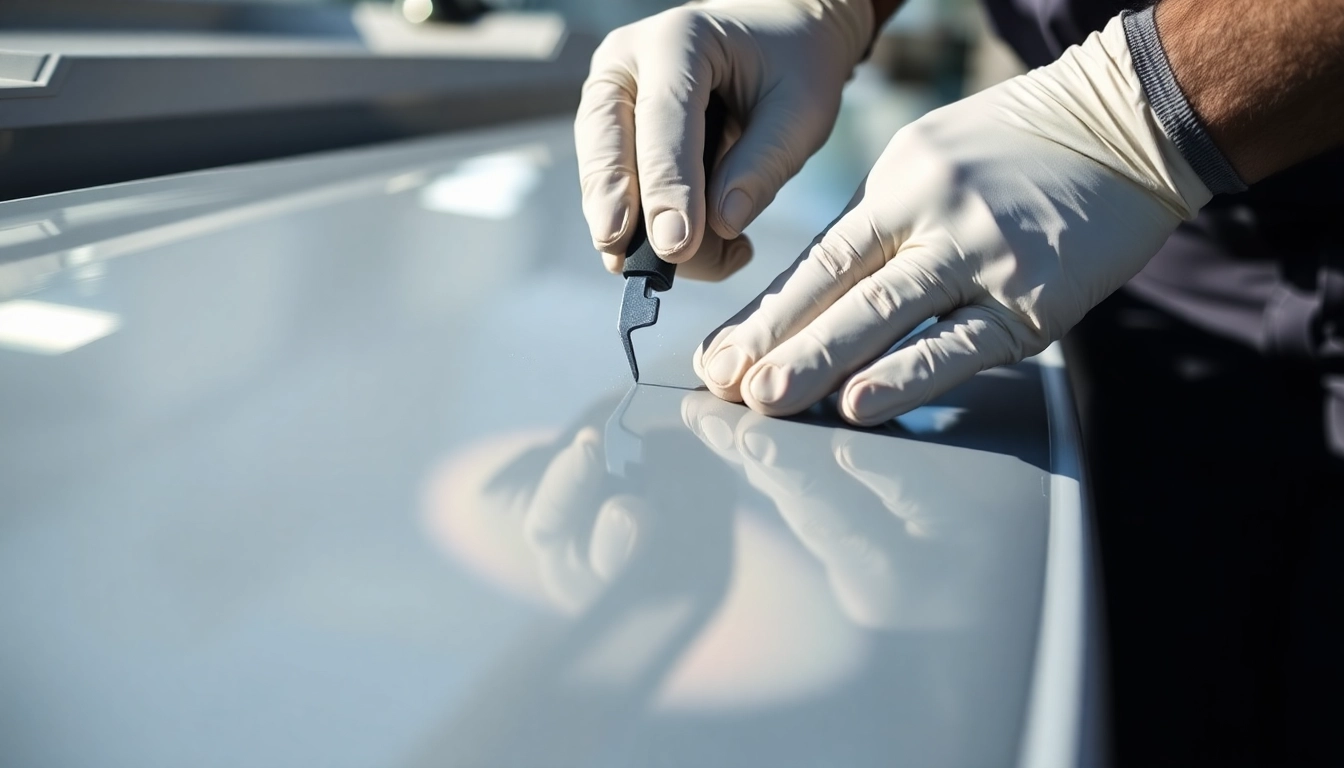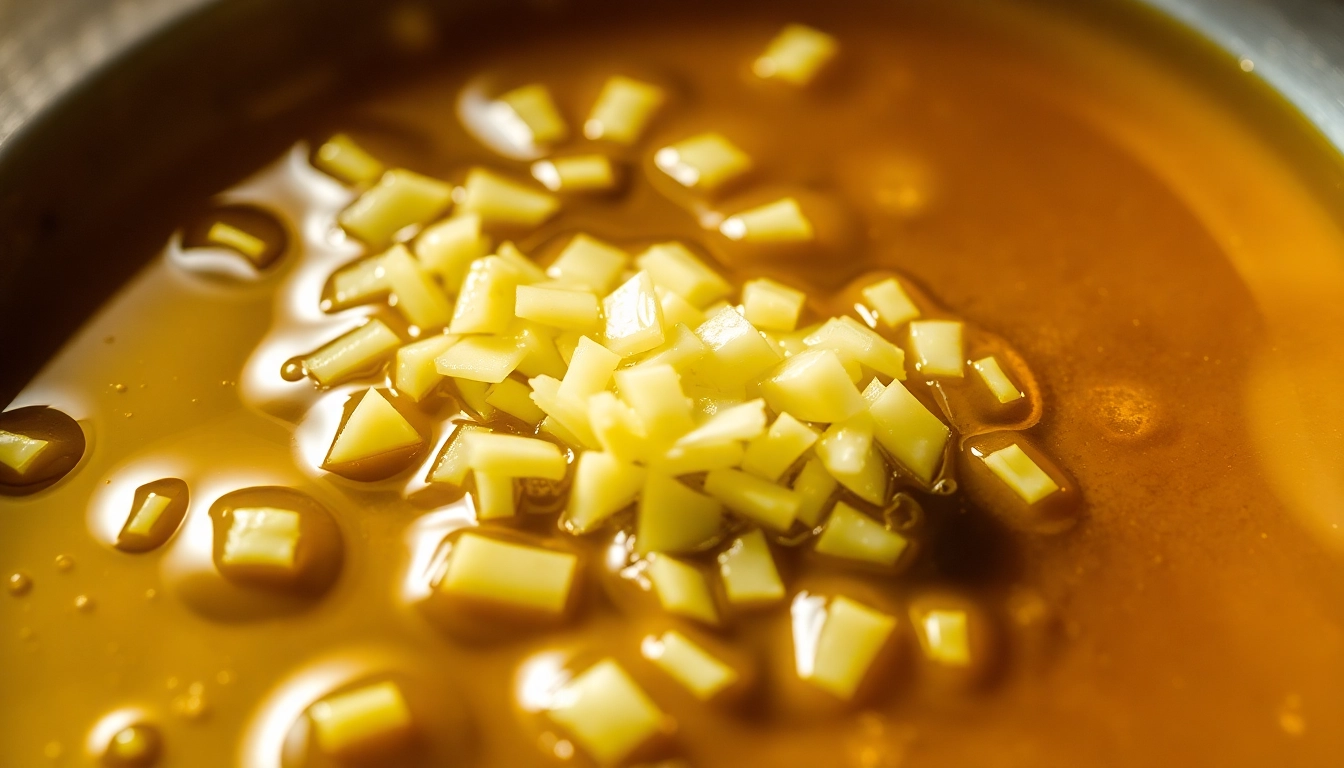Introduction to Boat Sealing and Coating Techniques
Ensuring the longevity and performance of your boat requires a comprehensive understanding of the sealing and coating processes known as Boots Versegelung. This essential aspect of marine maintenance not only protects your vessel against harsh environmental factors such as saltwater, UV exposure, and mechanical wear but also enhances its aesthetic appeal and resale value. Whether you’re a seasoned sailor or a weekend enthusiast, mastering the fundamentals of effective sealing techniques will empower you to keep your boat in top condition for years to come.
Understanding the Importance of Proper Sealing
What is Boots Versegelung and Why Does it Matter?
Boots versegelung, or boat sealing, involves applying specialized coatings to various surfaces of your vessel to create a protective barrier. These coatings inhibit water ingress, prevent corrosion, and shield the boat from damaging UV rays. Proper sealing ensures structural integrity, reduces maintenance needs, and extends the lifespan of vital components such as hulls, decks, and fittings. Properly performed, Boots Versegelung becomes an investment in safety and durability, crucial for maritime safety regulations and your peace of mind.
Advantages of a Professional Approach
While DIY sealing can be tempting, a professional technique guarantees the application of high-quality products with meticulous attention to detail. Experts understand surface preparation, product selection, and application methods, minimizing errors like uneven coating, bubbles, or insufficient coverage. This professional approach results in long-lasting protection, reduced costs over time, and optimal performance—vital factors especially for boats used in challenging conditions or long voyages.
Common Challenges in Sealing and How to Overcome Them
Challenges like poor adhesion, surface contamination, or weather constraints can compromise sealing efficacy. Addressing these issues requires careful surface preparation, selecting the right products, and timing the application appropriately. For example, ensuring surfaces are clean and dry before applying coatings is paramount; otherwise, adhesion may fail, leading to costly repairs or frequent re-coatings.
Preparing Your Boat’s Surfaces for Optimal Sealing
Key Cleaning Techniques for a Pristine Base
A thorough cleaning is the foundation of successful sealing. Use marine-grade cleansers like the BCC Power Cleaner 1L, designed specifically for boats, to remove grease, dirt, salt deposits, and old coatings. Employ soft scrubbing tools such as the BCC Microfaser Towel or the BCC All Stars Plus Waschbürste to avoid damaging surfaces. Rinsing with clean water and ensuring complete dryness prevents moisture entrapment that could undermine the sealant’s bond.
Products Recommended for Surface Preparation
To further enhance adhesion, consider using pre-treatment products like the BCC Power Polish for smoothing uneven surfaces or the BCC Polierpuck extra weich for polishing delicate areas. Sanding or abrading surfaces with specialized polisher pads such as BCC Polierschwamm orange medium can help roughen the surface slightly, improving sealant adherence. Always select products according to the surface material, whether gelcoat, fiberglass, or metal.
Common Preparation Mistakes to Avoid
Speeding the cleaning process or neglecting to remove old, flaking coatings can lead to adhesion failure. Using improper cleaning agents that leave residues, or applying sealants on damp surfaces, also hampers durability. Ensuring meticulous removal of all contaminants and waiting until surfaces are completely dry are crucial steps that must not be overlooked.
Step-by-Step Guide to Applying Boots Versegelung
Choosing the Right Sealing System
The selection hinges on your boat’s materials and specific needs. Sealants like BCC Power Sealer offer a high-performance, long-lasting barrier for hulls and decks, while specialized coatings may be necessary for fittings and hardware. Conduct a thorough assessment based on environmental exposure, usage frequency, and manufacturer recommendations.
Application Techniques and Layering
Applying the correct number of layers and ensuring even coverage are vital. Use high-quality applicators such as the BCC Polierschwamm or Waffelpad schwarz for smooth finishes. Start with a thin first coat, then allow proper curing time—usually 24 hours—before applying additional layers. For best results, maintain consistent pressure and avoid overlapping strokes excessively, which could cause uneven thicknesses or drips.
Tips for Uniform Application and Tactile Trough Drying
Achieve professional results by working in optimal environmental conditions—preferably in dry, shaded environments. Use accessories like the BCC Towels Vorteilspack to wipe excess product gently, ensuring a seamless finish. Patience during drying and curing phases prevents dust or debris from settling, preserving the integrity of your seal.
Post-Application Care and Maintenance
Maintaining Long-Term Protection
Regular inspections and cleaning are essential. Use gentle, marine-specific cleaning products such as the BCC Power Cleaner and soft cleaning tools like the BCC Microfaser Towel to preserve coatings. Rinse off salt deposits immediately after excursions to prevent corrosion, and reapply sealants periodically based on wear indicators and manufacturer advice.
Reinforcing Seals with Products like Power Sealer
Over time, seals may degrade or become less effective. In such cases, a fresh layer of BCC Power Sealer can restore protective properties. Ensure proper surface preparation before re-coating, following the same meticulous cleaning and polishing steps to guarantee bonding and longevity.
Indicators for Re-Sealing
Signs such as water ingress, chalky appearance of coatings, or visible cracks suggest the need for re-sealing. Addressing issues promptly prevents costly repairs and ensures your boat remains seaworthy and visually appealing.
Best Practices for Achieving Professional Results
High-Quality Product Selection for Optimal Durability
Investing in premium products like the BCC Power Polish for polishing or the BCC Marine Sealant MS-3000/60 ensures long-lasting protection. Combining these with reliable accessories such as GLORIA FoamMaster foam sprayers facilitates even application and efficient coverage.
Technological and Application Aids
Using tools like the BCC Snow Foam Gun or the BCC Wash-Kit simplifies the cleaning and application process, resulting in professional-grade finishes. Automating parts of the process with equipment like the Boat & Caravan Care Starterset with Poliermaschine enables precise and consistent application, minimizing human error.
Expert Tips and Common Mistakes to Avoid
Always follow product instructions meticulously. Avoid applying sealants in direct sunlight or in high humidity, as this can cause bubbling or uneven curing. Additionally, do not rush the process; patience during each phase yields superior results and enhances sealant lifespan.





